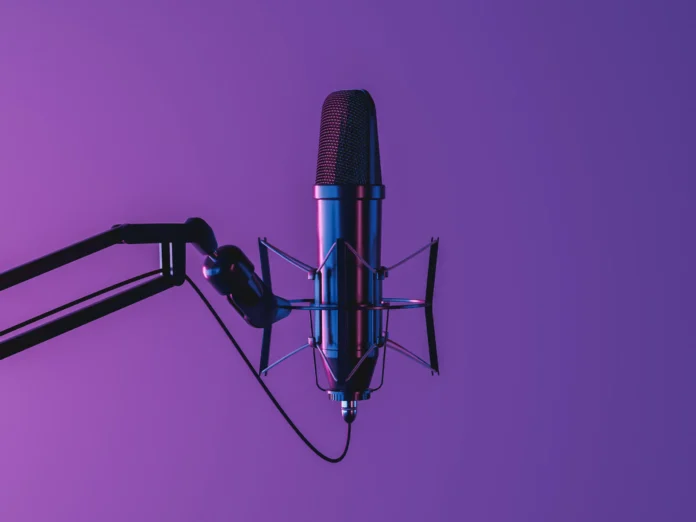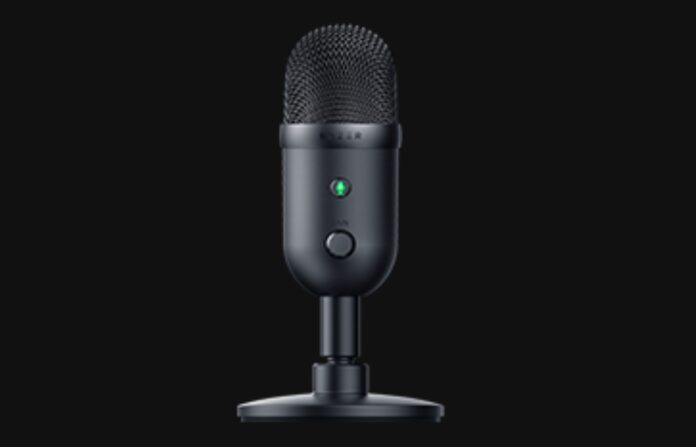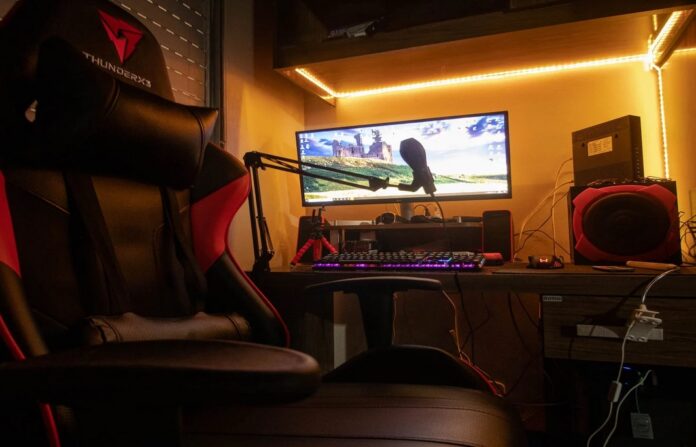Setting up a streaming microphone doesn’t have to be complicated or expensive. In fact, with a little bit of know-how, you can get started streaming with a professional-quality microphone on a shoestring budget.
You probably saw many different mic applications already, because streaming is really popular now. Some have their microphones on their desk, some wear them on their collars, and some have their hanging from the ceiling or on a microphone arm, it all depends on what type of streaming you are doing, what are the results you are going for and what type of microphone you have.

Broadcasting live has never been so simple! With a splendid microphone for streaming like the Razer, you can easily connect to your computer to start streaming. Whether you’re a musician, a podcaster, or just want to share your voice with the world, this is the perfect way to get started.
Connecting what you like and what you have passion for with the rest of the world and sharing that is a great thing and a thing that all of you should do. With a little help from some equipment and your talent, you can become famous in a short period.
The following are tips on how to set up microphones for live streaming.
Put the Microphone Back Turned from the Noise
Microphones are not that complicated to set up and use. There are a few things you need to keep in mind and they are easy to remember and follow. No noise in or around the place where you plan on streaming is a simple and logical thing. You need to make sure that the microphone is turned away from any noise sources. This will help to reduce background noise and make your audio clearer. Additionally, you’ll want to adjust the input levels on your microphone so that it’s not too loud or too soft. Getting the right input levels will result in the best sound quality for your live stream. There is software that you will get with your mic or software that you can download from the internet that will help you tune your mic and make it better sounding than what it would be right out of the box.
Make Sure that the Microphone is a Few Inches Away from Your Mouth
As we mentioned above, there are different mics for different applications, same goes for the placement of the microphone. Those low-quality and cheaper ones will have to be close to your mouth if you want any quality to what you say in it.
Make sure that the microphone is a few inches away from your mouth, and by doing so you will reduce any background noise and ensure that your voice is coming through loud and clear. If you’re using a headset, position the mic so that it’s just below your mouth. It’s also important to speak clearly and concisely when you’re live streaming. Be sure to enunciate your words and project your voice so that everyone can hear you. You may need to practice a bit beforehand so that you’re comfortable speaking in front of an audience. With a little bit of practice and the right microphone setup, you’ll be able to deliver a clear and professional live stream for your viewers.
Make Sure to Use the Right Side of the Microphone
Some microphones have only one side that will pick up the sounds without any issues. This is something many of you don’t know, so what we suggest before you start streaming is to fire up your recording window or recording software and move that mic around you and it axes to find that sweet spot.
That sweet spot is the side that is most sensitive to sound. Angle the microphone towards your mouth so that it can pick up your voice. If you’re using a headset, adjust the position of the microphone so that it’s close to your mouth. Make sure that there is no background noise that the microphone will pick up. This includes any fans or air conditioners that might be on.

Set Your Gain to an Appropriate Level
This part here is heavily dependent on software either provide with your mic or the software you download yourself. There are several tweaks you can do to change certain levels to your benefit. There are plenty of tutorials that will show you how to do these things and they will explain what each of those sliders or knobs will do and what the result is. We suggest you play with this and try to find the setting you like. Another thing that we want to mention is that if you have a cheaper mic that does not have much support from third-party software there are always some tweaks you can do on your OS to make it a bit better.
You need to set your gain to an appropriate level. The goal is to have your audio be loud and clear without being too loud or too soft. You can adjust your gain by turning the knob on your microphone or by using the software that comes with your microphone.
Microphone setup is essential in live streaming. Most microphones have built-in noise-cancellation features. To set up for streaming, you need to connect the microphone to your desktop, smartphone, or another device. The stream could be recorded and uploaded anywhere you want. This will help you gain popularity, which is important to sustain your live-streaming career.
Small things like this can sometimes make a huge difference at the start of your career. What we always suggest is to check out some of your favourite streamers, see what equipment they have and try to find the same if possible or at least something cheaper but close to what they have set up. This way you will not spend money foolishly and you will manage to set your streaming career off.
Make sure to know one thing and that is that most of them started with bad equipment and moved to better and higher quality ones later on as they progressed. This means that you don’t have to get a loan or waste huge amounts of money right off the bat. Start small and build on that.










